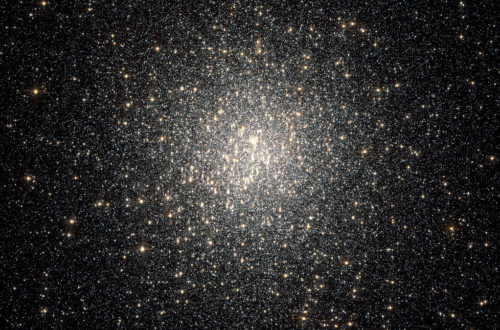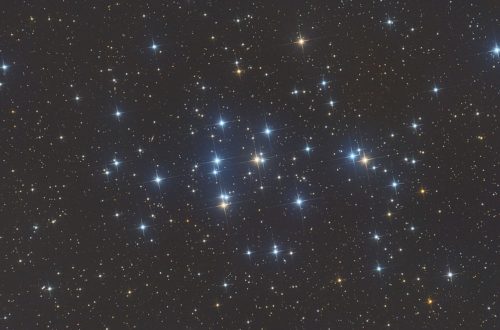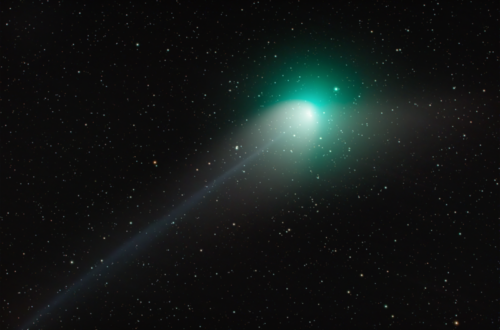Stargazing Calendar for September 2024
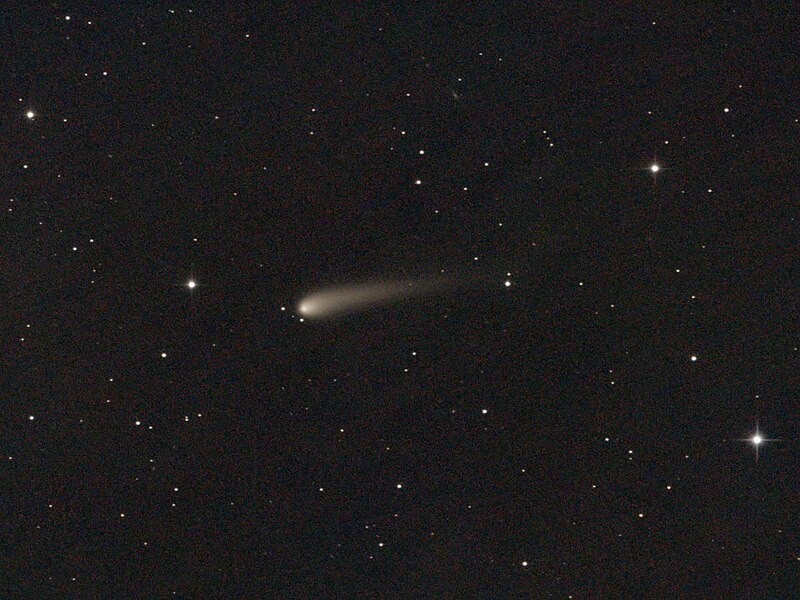
Looking for the September 2025 stargazing calendar?
As September 2024 unfolds, the night sky promises a series of stargazing events that will captivate both seasoned astronomers and casual stargazers alike. From shimmering meteor showers to close encounters between planets and the Moon, this month offers a rare glimpse into the wonders of our universe. Whether you’re planning a quiet evening under the stars or a full night of sky-watching, there’s something extraordinary waiting for you. Here’s a sneak peek at what September has in store for those who look up.
Would you like to be notified of stargazing events?
List of Meteor Showers in September 2024
- Antihelion Source: Start on December 10; multiple peaks; end September 10.
- Aurigids: Start on August 28; peak on August 31; end on September 5.
- ν-Eridanids: Start on September 1; peak on September 6; end on October 29.
- September ε-Perseids: Start on September 5; peak on September 9; end on September 21.
- χ-Cygnids: Start on September 3; peak on September 14; end on September 25.
- Daytime Sextantids: Start on September 9; peak on September 27; end on October 9.
- Southern Taurids: Start on September 10; peak on October 10; end on November 20.
We also have a complete list of meteor showers for the entire year here.
List of Planetary Conjunctions in September 2024
- Conjunction of the Moon and Mercury in Leo on September 1.
- Conjunction of the Moon and Venus in Virgo on September 5.
- Conjunction of the Moon and Saturn in Aquarius on September 17.
- Conjunction of the Moon and Jupiter in Taurus on September 24.
- Conjunction of the Moon and Mars in Gemini on September 25.
September 1: Conjunction of the Moon and Mercury
The Moon and Mercury will be at conjunction by sharing the same right ascension and passing within 5°01′ of each other.
The two celestial bodies will meet in the constellation of Leo. The Moon will be at apparent magnitude -8.7 for and Mercury at 0.4. The Moon will be a 28 days old waning crescent at 1% and will not interfere much with stargazing this first half of September 2024.
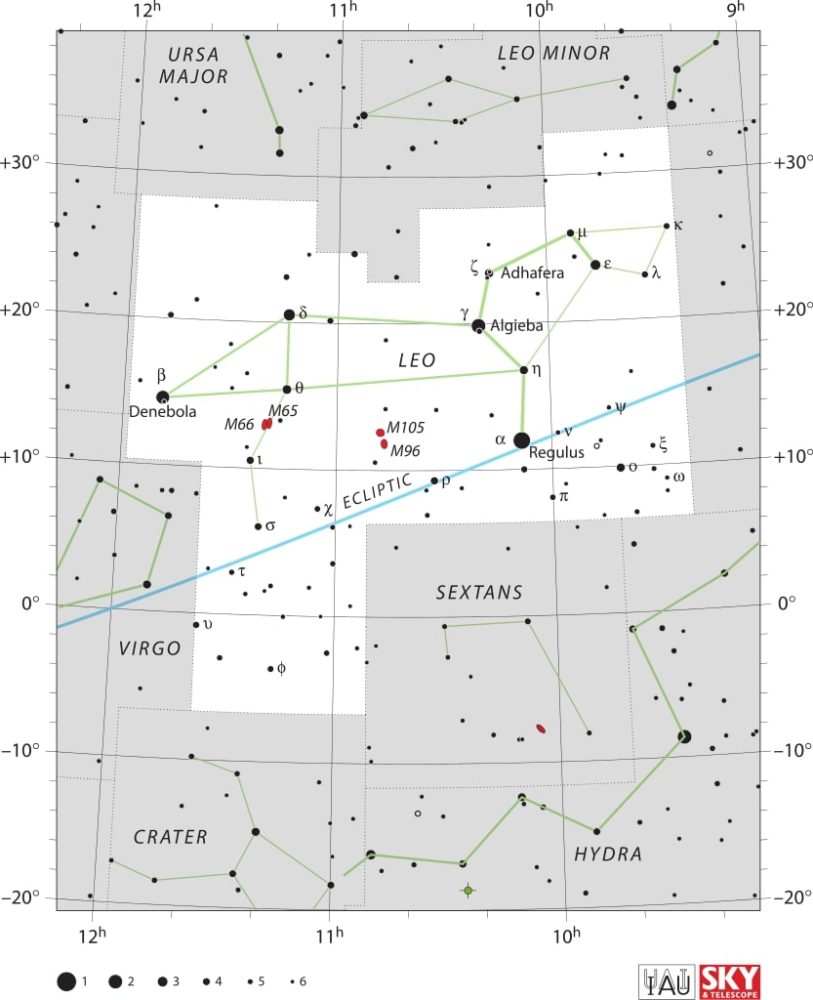
September 1: Uranus enters retrograde motion
Uranus will begin retrograde motion, which means it will stop traveling eastward through the constellations and instead turn to travel west. All of the outer planets in the solar system periodically experience this orientation reversal, which occurs a few months before they reach opposition.
Ancient observers were troubled by retrograde motion because it didn’t fit with their belief in uniform circular orbits around the Earth. The phenomenon is actually due to Earth’s orbit around the Sun, which shifts our perspective and causes planets to appear to move back and forth in the sky while continuing their overall eastward path through the constellations.
Uranus can be spotted with a small telescope or standard binoculars in the constellation of Taurus with an apparent magnitude of 5.7.

September 2: Asteroid 194 Prokne at opposition
The asteroid 194 Prokne will be at opposition at around midnight local time. It will reach the highest point in the sky and opposite to the Sun.
At the same time the asteroid will be closest to the Earth (perigee) at a distance of 1.006 AU. At this time it will be the brightest, with an apparent magnitude of 9.5. Look in the constellation of Aquarius, with at least a 4-inch telescope.

September 5: Mercury at greatest western elongation
Mercury will be at its highest point above the horizon in the morning sky, making it the best time to view the planet. Look for it low in the eastern sky just before sunrise.
It will be at apparent magnitude -0.3 in the constellation of Leo. (Constellation map already displayed above, when discussing the conjunction of the Moon and Mercury.) The Moon will not interfere as it will be only 2 days old, a very thin waxing crescent at 5%.
September 5: Conjunction of the Moon and Venus
The Moon and Venus will be at conjunction by sharing the same right ascension and passing within 1°10′ of each other.
Around the same time, the two bodies will also make a close approach (appulse) reaching 1°01′ from each other, but not sharing the same right ascension. In some parts of Antarctica and Bouvet Island in the southern Atlantic this distance will be so close as to lead to a lunar occultation of Venus, meaning the Moon will pass in front of Venus thereby hiding it from view temporarily.
Look for the two bodies in the constellation of Virgo. The Moon will be a very thin waxing crescent (7%) at 2 days old and will not interfere much. Despite this, the Moon will still be at apparent magnitude of -9.2, while Venus will be at magnitude -3.9.
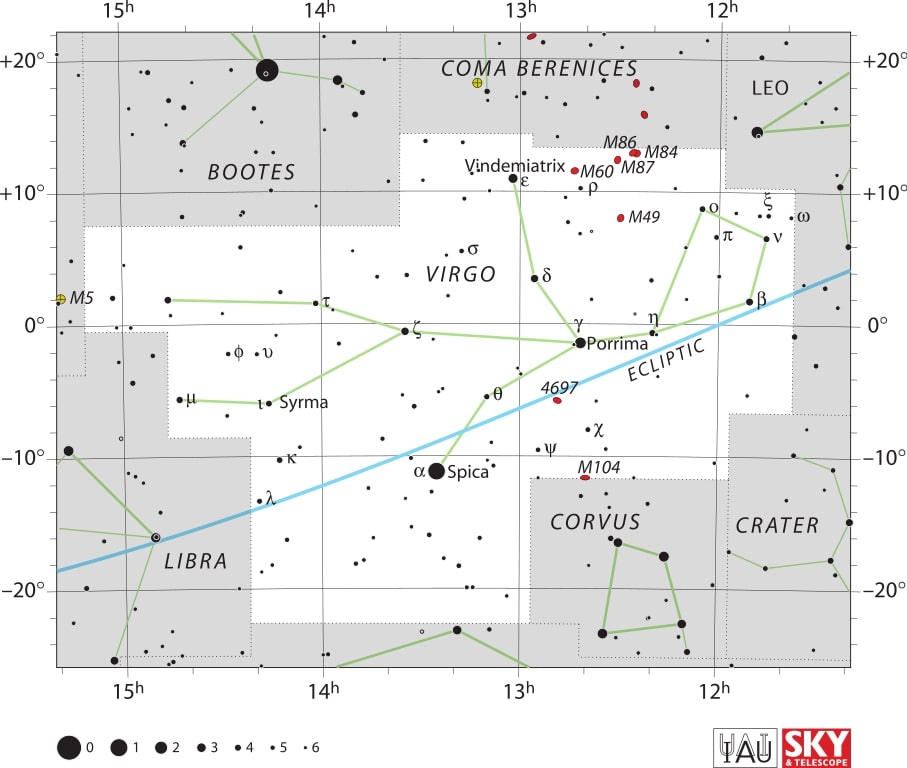
September 6: ν-Eridanid meteor shower peak
The Nu Eridanids are small variable meteor shower. Some meteors may also be spotted between September 1 and October 29. They will radiate from the constellation of Eridanus at the speed of 67 km/s on average.
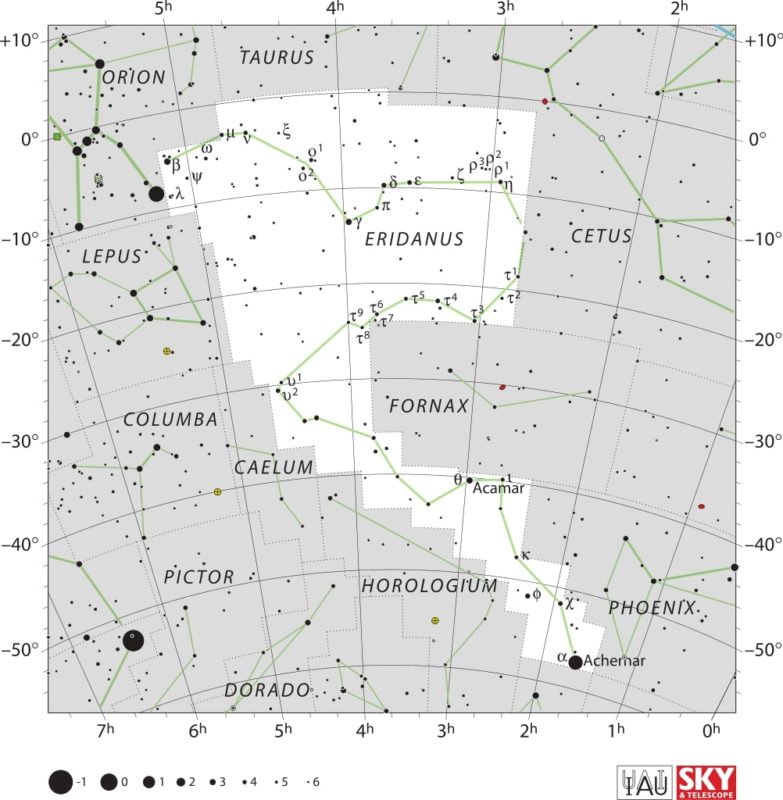
September 8: Saturn at opposition
Saturn will be at opposition at around midnight local time. Look for the planet in the highest point in the sky and opposite to the Sun in the constellation of Aquarius. (Constellation map already displayed above, when discussing the asteroid 194 Prokne at opposition.)
At about the same time the planet will reach perigee at 8.66 AU and be closest to us and so appear larger in the sky and easier to observe. Its apparent magnitude will be 0.6, so visible to the naked eye. This would also be a good opportunity to use binoculars or a telescope for better observations, including Saturn’s rings. The Moon will be a very thin waxing crescent (25%) at 5 days old and so will not interfere that much.
September 9: September ε-Perseid meteor shower peak
The September Epsilon Perseids are a small meteor shower with an average of 5 meteors per hour (ZHR) during the peak if conditions are ideal. The Moon will be 6 days old waxing crescent at 34%.
Some meteors may also be spotted between September 5 and 21. They will radiate from the constellation of Perseus at the speed of 64 km/s on average.

September 14: χ-Cygnid meteor shower peak
The Chi Cygnids are a small variable meteor shower. Some meteors may also be spotted between September 3 and 25. They will radiate from the constellation of Cygnus at the speed of 64 km/s on average.
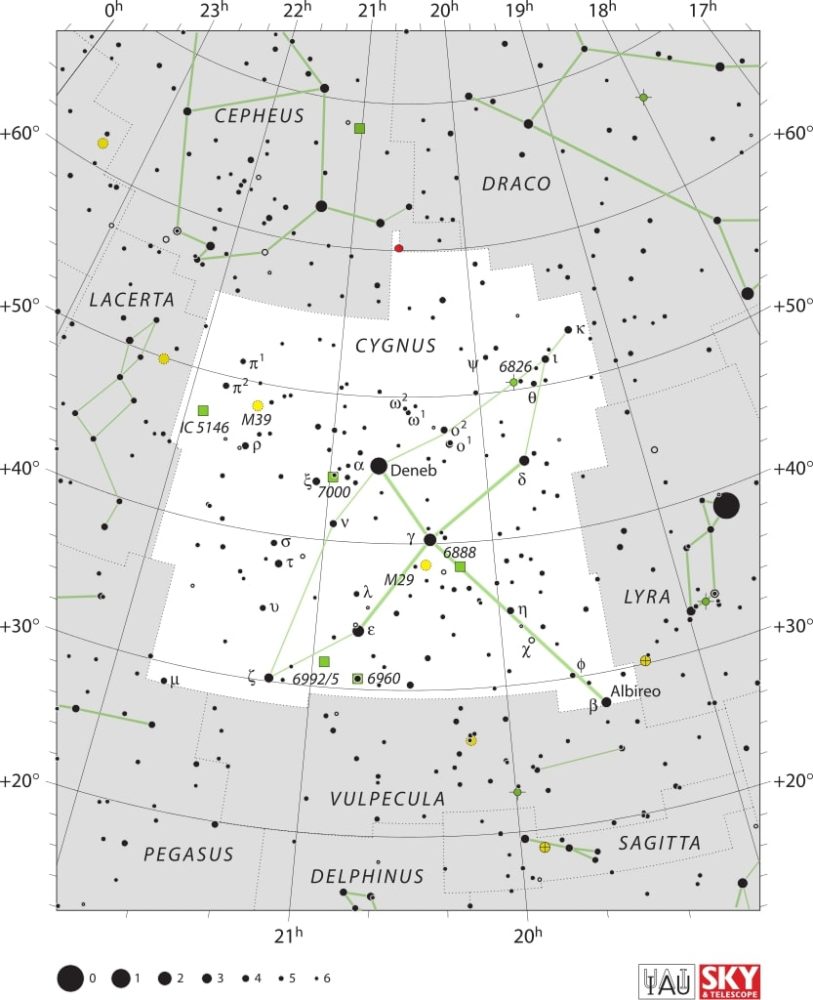
September 17: Conjunction of the Moon and Saturn
The Moon and Saturn will reach conjunction passing within 18′ of each other while sharing the same right ascension.
At around the same time the two bodies will also make a close approach (appulse) reaching 16.2 arcminutes from each other, but not sharing the same right ascension. In some parts of the western Contiguous United States, western Canada and north-western Mexico as well as Hawaii, parts of north-eastern Australia, and many Pacific islands this distance will be so close as to lead to a lunar occultation of Saturn, meaning the Moon will pass in front of Saturn thereby hiding it from view temporarily.
The Moon will be at apparent magnitude -12.8 and Saturn at magnitude 0.6 both in the constellation of Aquarius. (Constellation map already displayed above, when discussing the asteroid 194 Prokne at opposition.) The Moon will be 14 days old waxing gibbous at 99%, just a day away from full moon.
September 18: Partial lunar eclipse
A partial lunar eclipse happens when the Moon moves through Earth’s partial shadow, known as the penumbra, with only a portion entering the darkest shadow, or umbra. During this event, part of the Moon darkens as it passes through Earth’s shadow. This eclipse will be visible across most of North America, Mexico, Central and South America, the Atlantic Ocean, and much of Europe and Africa.
For more information see the chart below from NASA’s eclipses website:
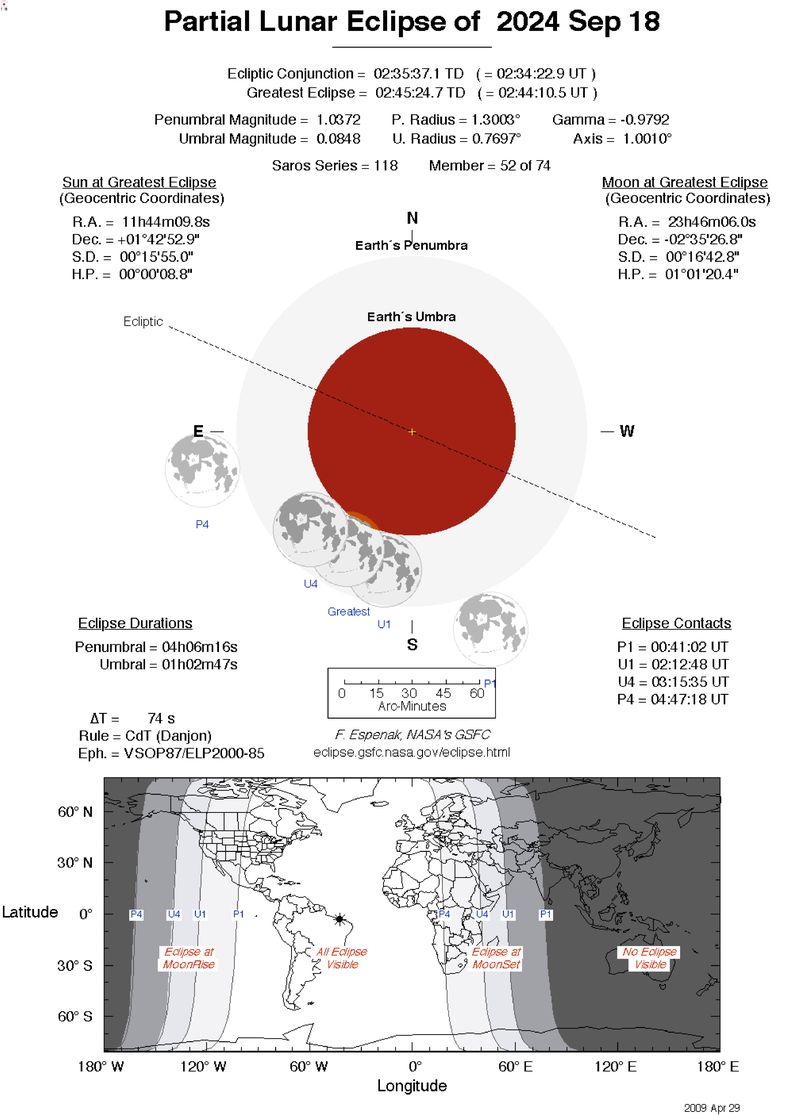
September 21: Neptune at opposition
Neptune will reach opposition, when it lies opposite to the Sun in the sky, reaching the highest point in the sky around midnight local time, regardless of where in the world you are.
It will be at apparent magnitude 7.8, so not visible to the naked eye, but a small telescope will suffice. Look in the constellation of Pisces. The Moon will be 18 days old waning gibbous at 83%.
At around the same time, Neptune will also reach its closest point to Earth (perigee) at a distance of 28.89 AU.

September 22: Close approach of the Moon and the Pleiades
The Moon and the Pleiades (also known as M45 or Messier 45) will make a close approach, passing within only 13.1 arcminutes of each other.

Both objects will be in the constellation of Taurus with the Moon being at apparent magnitude -12.4; and the Pleiades at 1.3. (Constellation map already displayed above, when discussing Uranus entering retrograde motion.) The Moon will be 19 days old waning gibbous at 69%.
September 22: September equinox
The September equinox is the beginning of autumn for those in the northern hemisphere and the beginning of spring for those in the southern hemisphere.
The Sun’s annual trip through the zodiac constellations carries it across the celestial equator on the day of the equinox, giving everyone on Earth nearly exactly 12 hours of day and night. The term equinox is a combination of the Latin words aequus (equal) and nox (night).
September 24: Conjunction of the Moon and Jupiter
The Moon and Jupiter will reach conjunction passing within 5°50′ of each other while sharing the same right ascension.
Around the same time, the two bodies will also make a close approach (appulse) reaching 5°48′ from each other, but not sharing the same right ascension.
The Moon will be at apparent magnitude -12.1 and Jupiter at magnitude -2.5 both in the constellation of Taurus. (Constellation map already displayed above, when discussing Uranus entering retrograde motion.) The Moon will be 21 days old waning gibbous at 53%.
September 25: Conjunction of the Moon and Mars
The Moon and Mars will be at conjunction by sharing the same right ascension and passing within 4°53′ of each other.
Around the same time, the two bodies will also make a close approach (appulse) reaching 4°52′ from each other, but not sharing the same right ascension.
Look for the two bodies in the constellation of Gemini. The Moon will be a very thin waning crescent (37%) at 22 days old. The Moon will still be at apparent magnitude of -11.7, while Mars will be at magnitude 0.5.
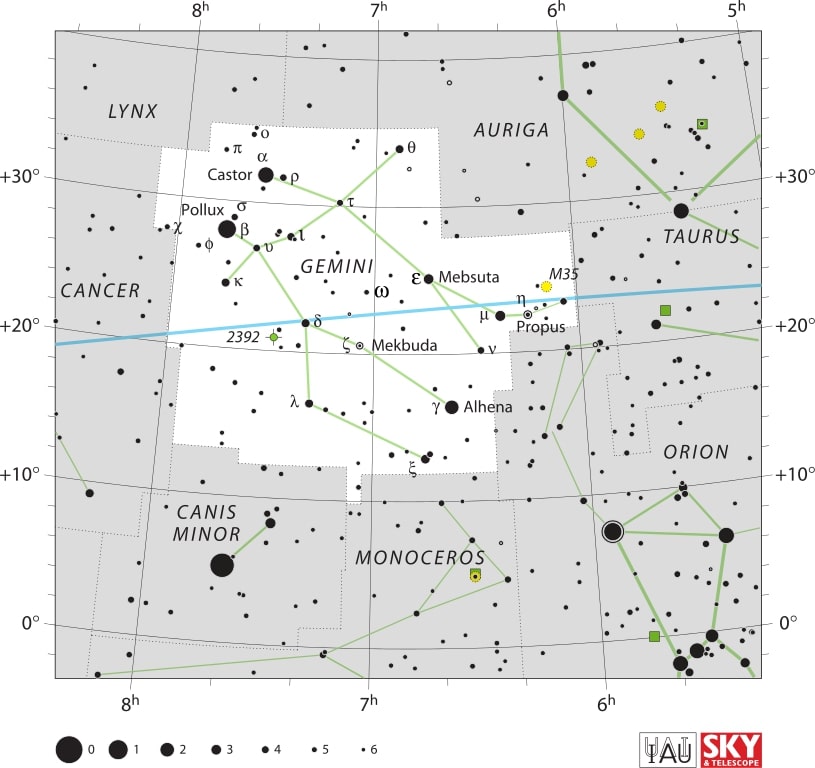
September 27: Daytime Sextantid meteor shower peak
The Daytime Sextantids will peak this September 2024 with a zenithal hourly rate of 5 if stargazing conditions are ideal. With the Moon a 24 days old waning crescent at 21%, the conditions will be quite decent, baring unfavorable atmospheric conditions.
Some meteors may also be spotted between September 9 and October 9. They will radiate from the constellation of Sextans at the speed of 32 km/s on average.
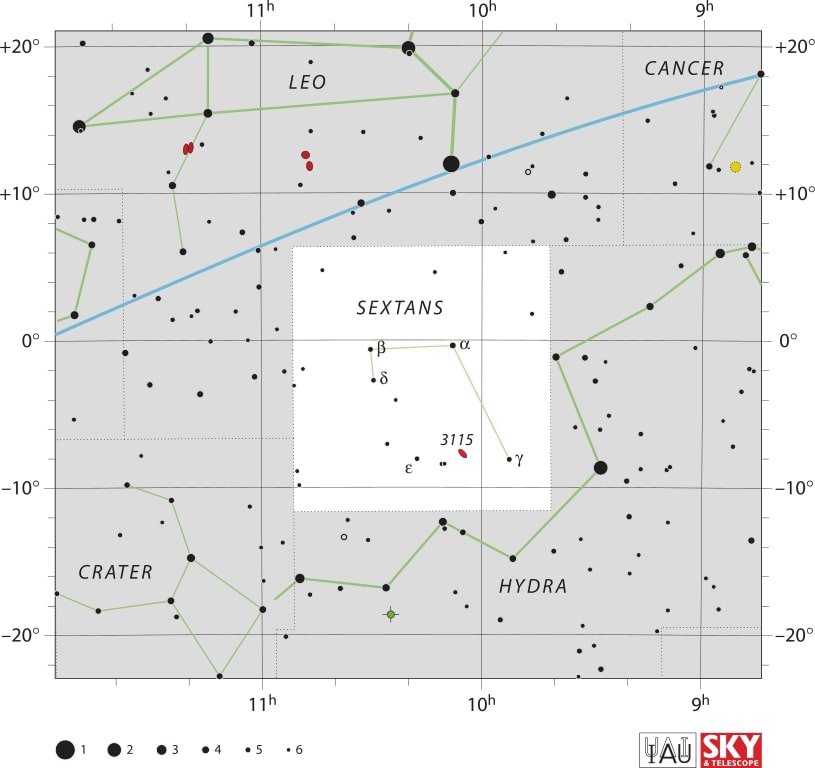
September 27: Comet C/2023 A3 (Tsuchinshan-ATLAS) at perihelion
The comet C/2023 A3 (Tsuchinshan-ATLAS) will reach perihelion, meaning it will reach the closest point in its orbit to the Sun at a distance of 0.39 AU. (See featured photo at the top of the article.) It will have an apparent magnitude of 2.6 according to the BAA Comet Section, so visible to the naked eye. Look in the constellation of Sextans. (Constellation map already displayed above, when discussing the Daytime Sextantid meteor shower peak.)
September 29: Asteroid 20 Massalia at opposition
Asteroid 20 Massalia will reach opposition, when it lies opposite to the Sun in the sky. It will reach the highest point in the sky around midnight local time.
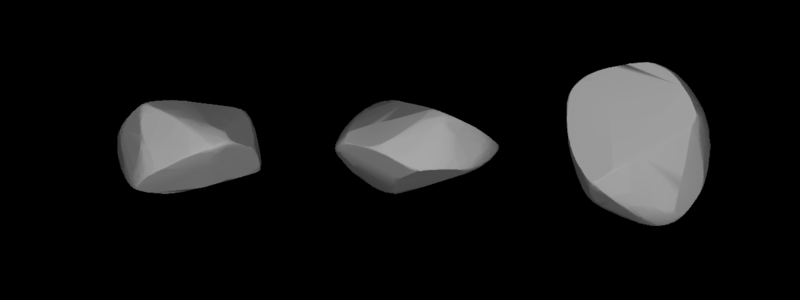
On this occasion, the asteroid Massalia will pass within 1.397 AU of Earth and reach a peak brightness of apparent magnitude 9.2. Unfortunately even at the peak, this asteroid will be too faint to observe with the naked eye. You will need at least a 4 inch telescope, which you should point towards the constellation of Pisces. (Constellation map already displayed above, when discussing Neptune at opposition.) The Moon will be a 26 days old waning crescent at 5%.
Moon Phases in September 2024
As you know, the Moon has a big impact on the visibility of celestial bodies and astronomical events in the night sky. So to help you with stargazing, here’s a calendar of the phases of Moon for this month of September 2024:
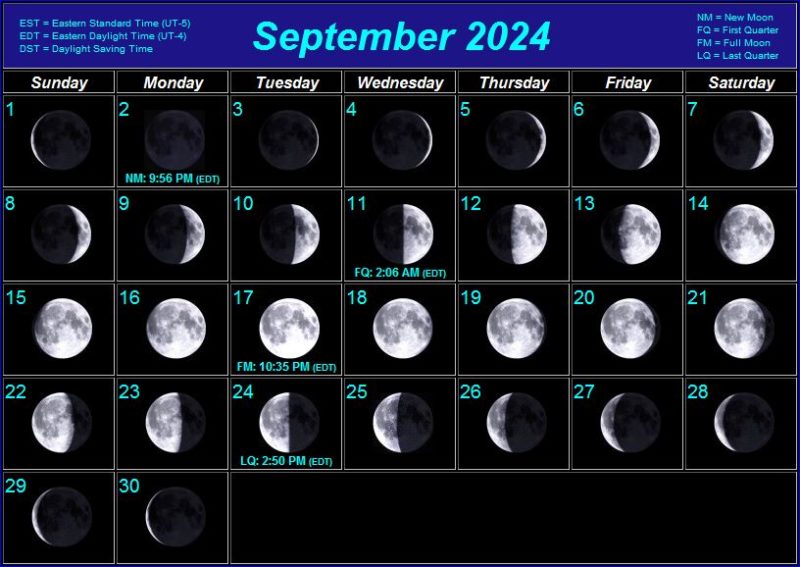
Positions of the Planets in September 2024
- Mercury: The closest planet to the Sun can be seen at dawn and dusk travelling across the constellation of Leo. This planet, being the closest to the Sun, will appear to move quickly in the night sky and its position will change in the following weeks.
- Venus: The sister planet can be seen travelling across the constellation of Virgo. Just like Mercury, Venus can only be seen at dawn and dusk.
- Mars: The red planet can be seen in the constellation of Taurus and then Gemini later in the month.
- Jupiter: The gas giant is visible in the constellation of Taurus. Jupiter can easily be spotted with the naked eye, even in highly illuminated cities.
- Saturn: The ringed giant can be seen with the naked eye in the constellation of Aquarius.
- Uranus: The ice giant can be seen in the constellation of Taurus with the use of a telescope.
- Neptune: The blue giant requires a telescope pointed in the constellation of Pisces in order to be seen.
Positions of Dwarf Planets and Large Asteroids in September 2024
- Ceres: The asteroid belt’s lone dwarf planet can be seen in the constellation of Sagittarius with the help of a telescope.
- Vesta: This large asteroid can be seen in the constellation of Leo with a telescope.
- Pallas: The asteroid can be observed with a telescope in the constellation of Hercules.
- Hygiea: The fourth largest asteroid can be found with a telescope in the constellation of Aries.
- Pluto: This distant dwarf planet can be found in the constellation of Capricornus with the help of a large telescope.
Major astronomical events next month – October 2024
- October 2: Annular solar eclipse
- October 6: October Camelopardalid meteor shower peak
- October 8: Draconid meteor shower peak
- October 10: Southern Taurid meteor shower peak
- October 11: δ-Aurigid meteor shower peak
- October 12: Comet C/2023 A3 (Tsuchinshan-ATLAS) at perigee
- October 17: Asteroid 19 Fortuna at opposition
- October 18: ε-Geminid meteor shower peak
- October 18: Dwarf planet Eris at opposition
- October 22: Orionid meteor shower peak
- October 24: Leonis Minorid meteor shower peak
- October 27: Asteroid 1036 Ganymed at opposition
- October 30: Venus at aphelion
Conclusion
September 2024 is packed with exciting astronomical events, making it an ideal time for stargazing. From conjunctions and oppositions to meteor showers and even a partial lunar eclipse, the night sky offers a wealth of opportunities to observe celestial wonders.
To ensure you don’t miss out on any celestial happenings, sign up for our newsletter to receive stargazing calendars and more updates. Happy stargazing!
Sources:
- Planetary ephemerides produced by NASA’s Jet Propulsion Laboratory (JPL)
- International Meteor Organization
- British Astronomical Association Comet Section
See also:
- Previous month’s calendar: Stargazing Calendar for August 2024
- Next month’s calendar: Stargazing Calendar for October 2024
Would you like to receive similar articles by email?



